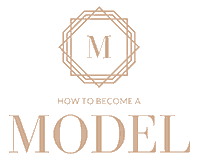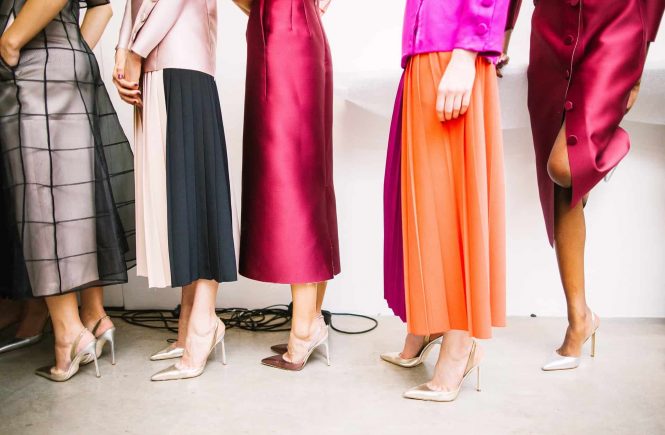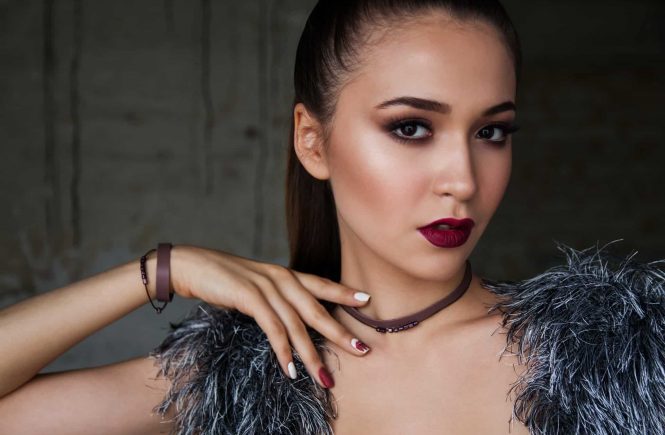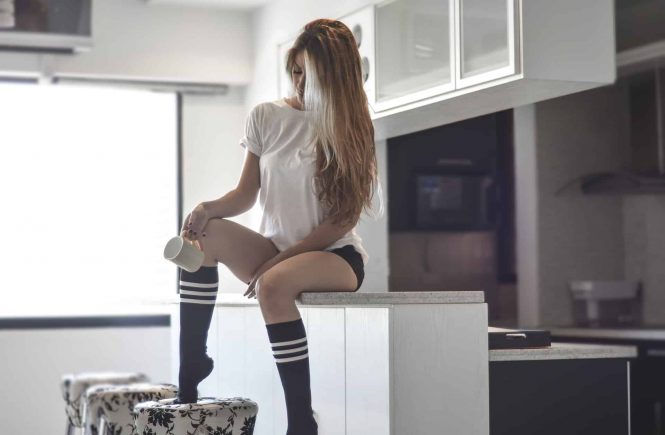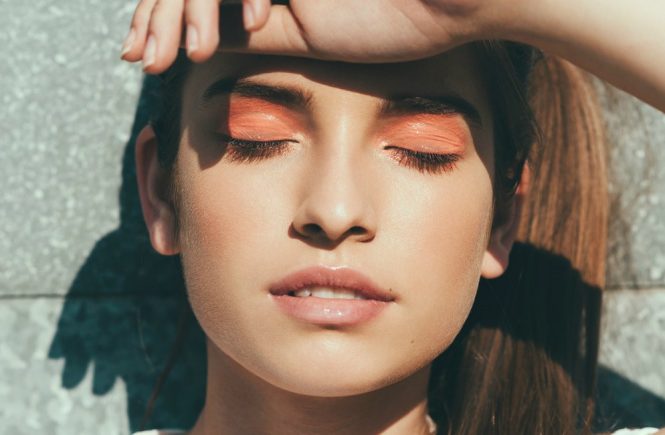So, you’ve decided that you want to become a model – congratulations! Now, you’re in the right place and it’s time to start researching and taking the first steps towards launching your modelling career.
Famous Australian models that have made it as international superstars include Elle MacPherson, Miranda Kerr, Gemma Ward and Jemma Hawkins, and with the “Aussie look” in high demand in the fashion and beauty industry, now is the perfect time to start your modelling career. There are thousands of models in Australia so there is tough competition and standing out from the crowd is imperative.
For many aspiring models, their burning question is “What do I need to do to get started in the industry and actually become a model?” and while there is no easy, quick fix way to overnight success (as contrary to the popular image, the modelling life isn’t easy and requires a lot of determination!) there are some simple, proactive steps that you can take.
The great thing about modelling is that even though it’s very rare to be discovered and make it big as an overnight success, you can work your way up the ladder and with the right look, a lot of hard work and a little bit of luck on your side, you may find yourself booking great jobs, earning well and meeting lots of interesting people.
What does being a model involve?
As a model, depending on the niche that you enter you can expect to find yourself in runway shows, shooting for print and TV campaigns, promoting products and services and being in editorials.
There are many different niches of modelling that you may wish to enter, including:
- Fashion modelling
- Editorial modelling
- Beauty modelling
- Commercial modelling
- Plus size modelling
- Petite modelling
- Male Modelling
- Mature Age Modelling
- Child Modelling
- Swimwear modelling
- Lingerie modelling
- Runway modelling
- Fitness Modelling
- Fit modelling
- Instagram Modelling
… and these are just a few examples!
What training do I need?
The modelling industry in Australia – and indeed globally – is largely unregulated and as such, no formal qualification is required. However, you may want to attend modelling classes or acting classes if you want advance your skills, get better at posing for photographs or if you want to learn how your body moves and how to use this to your advantage in the modelling industry.
Ready to take the plunge?
When you know for sure that you want to become a model, it’s now time to get stuck into the hard work! In the early stages of your modelling career, you’ll need to firstly focus on developing a strong portfolio. Although having expensive photoshoots taken isn’t necessary in the early days, you’ll still want to showcase a diverse variety of looks including editorial, swimsuit, commercial and more.
Next, you must then make the important decision as to whether be freelance (self-represented) or represented by an agency. If you choose to be self-represented, you’ll take on the responsibility of marketing yourself as a model. If you choose to be agency represented, you’ll need to do your research and audition with several agencies in order to find the best agency to represent you. Your agency and booker will be managing your entire modelling career, so it’s important to choose carefully!
In the early stages of your modelling career, your income will likely be sporadic, and you may need to keep a second job to make ends meet. As your career grows, your income may become more stable and you may even book some very high paying jobs!
In Summary
Step One: Make sure you do your research about the industry, what’s expected of you, finding the right agency, how to book jobs and how to pick your niche.
Step Two: Make the appropriate preparations to put yourself out there – put together a portfolio, take some courses to further your skills and start networking!
Step Three: Put yourself out there, either self-represented or by getting signed to an agency. Now you’re ready to start booking jobs!
